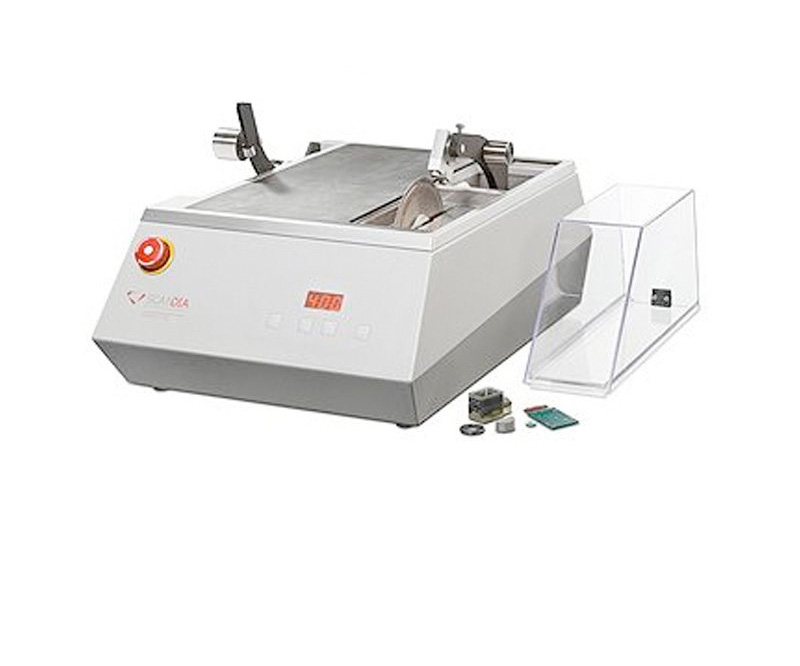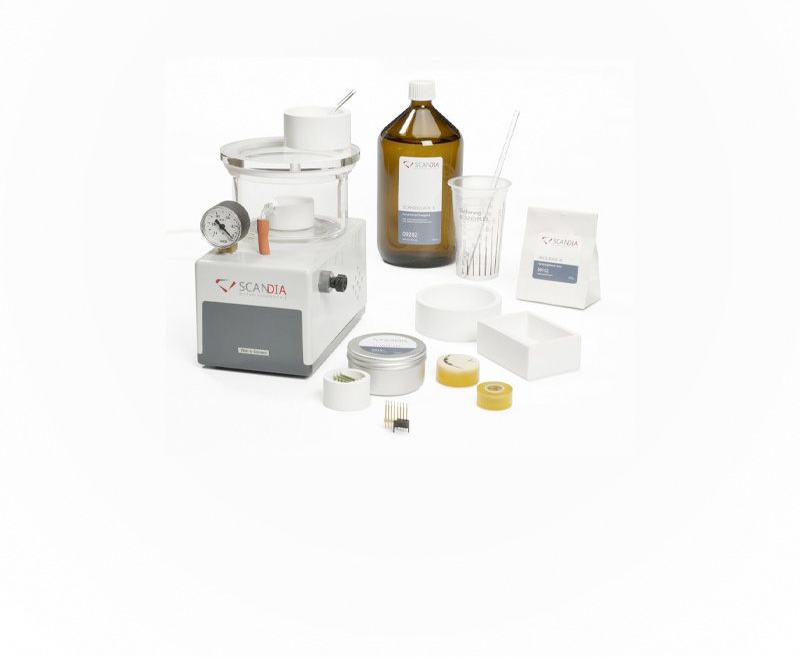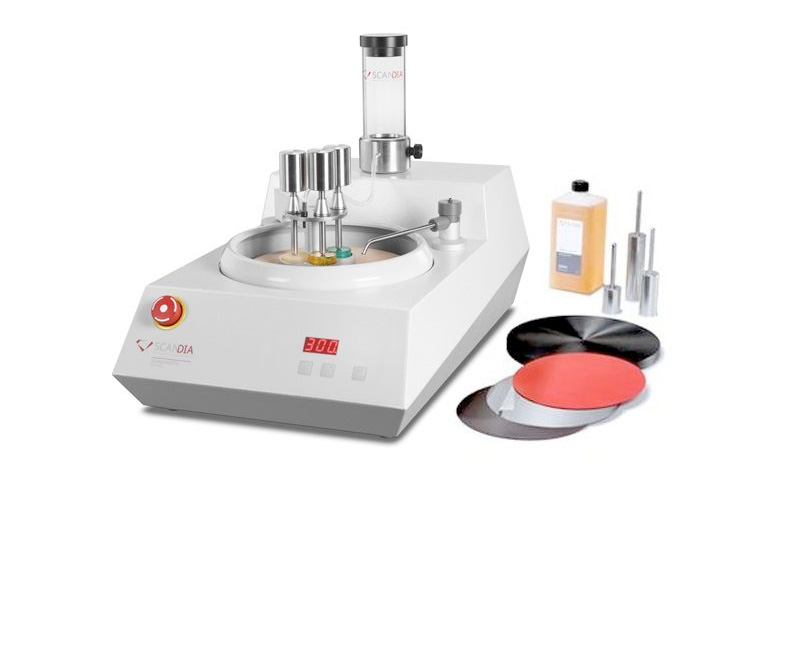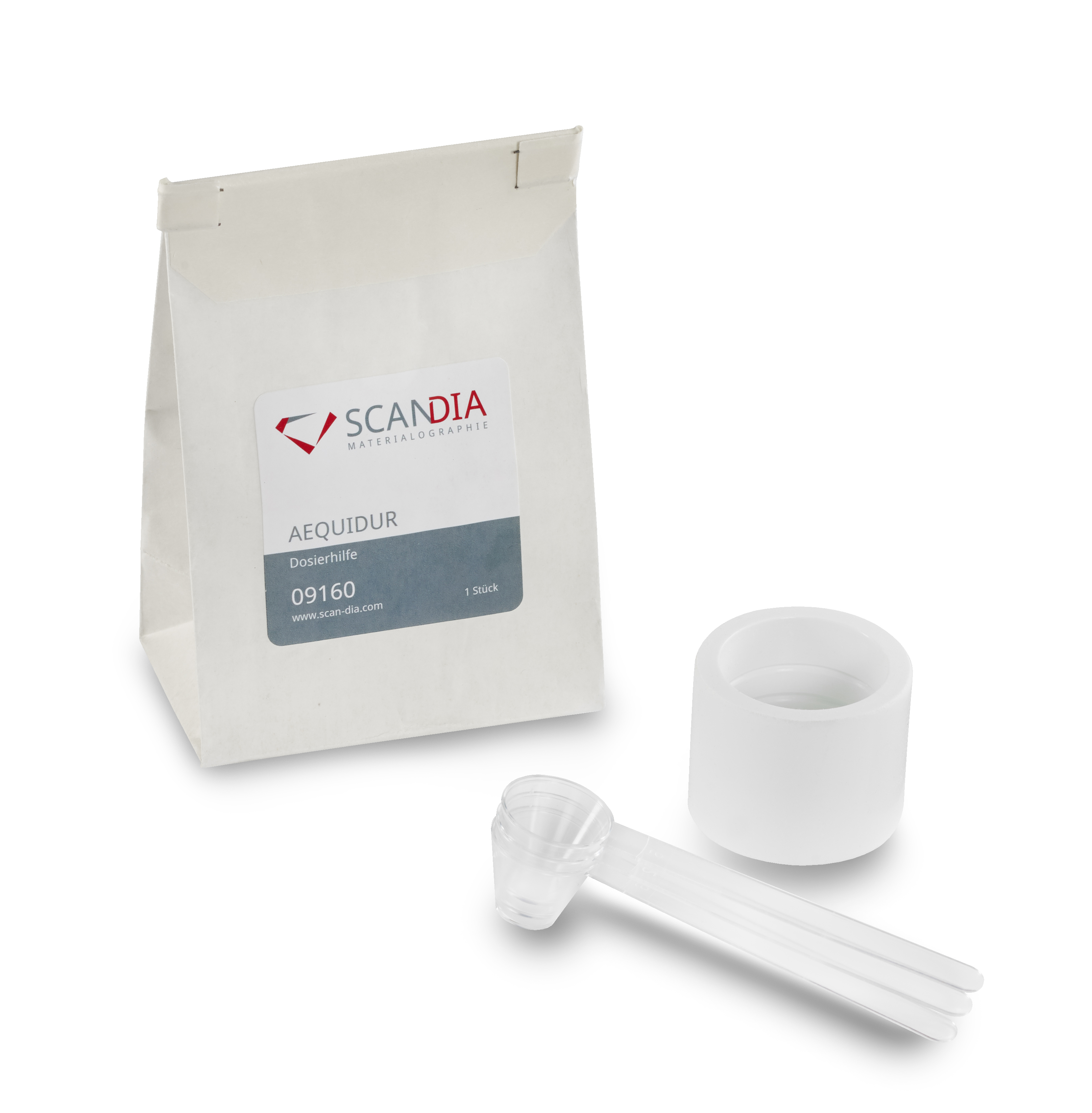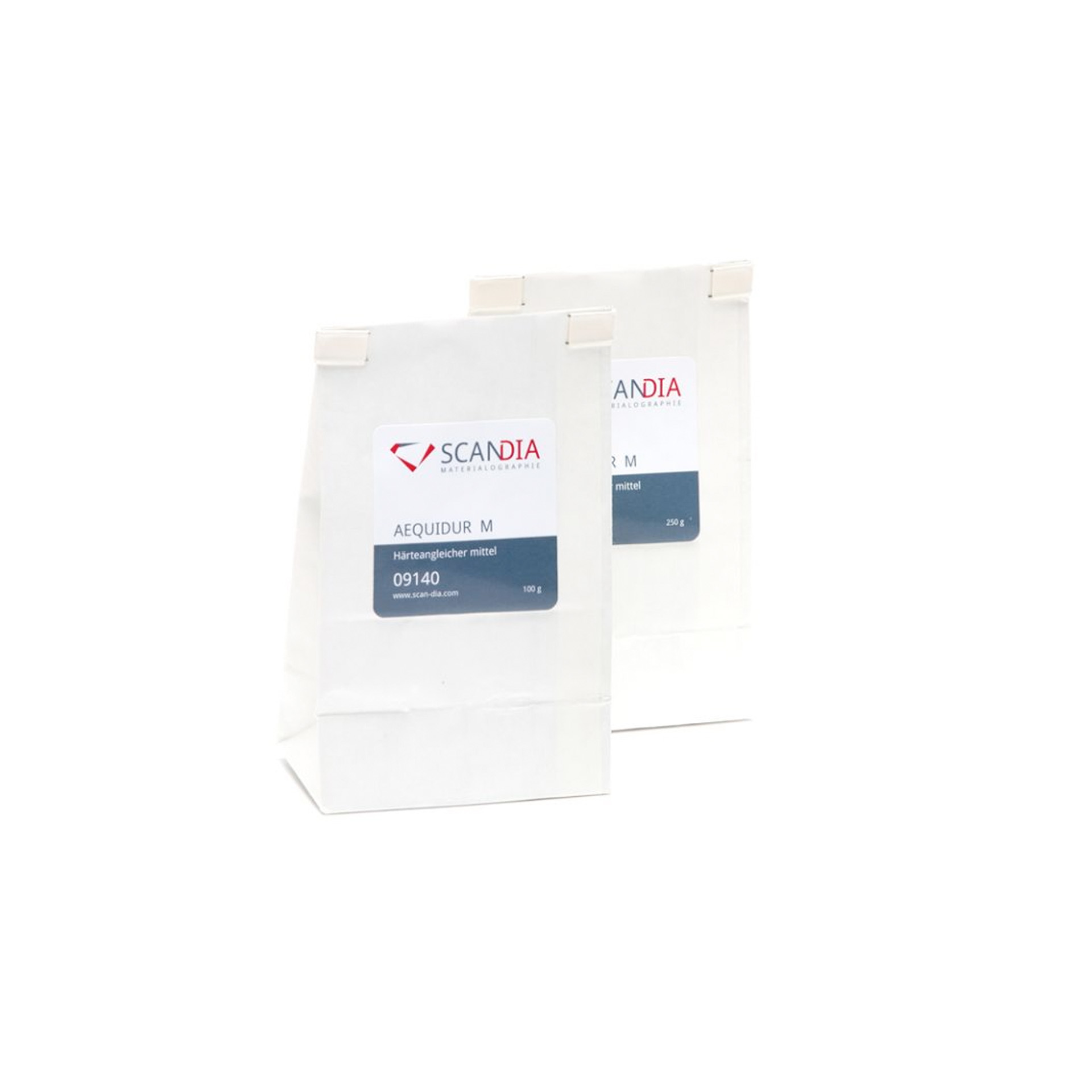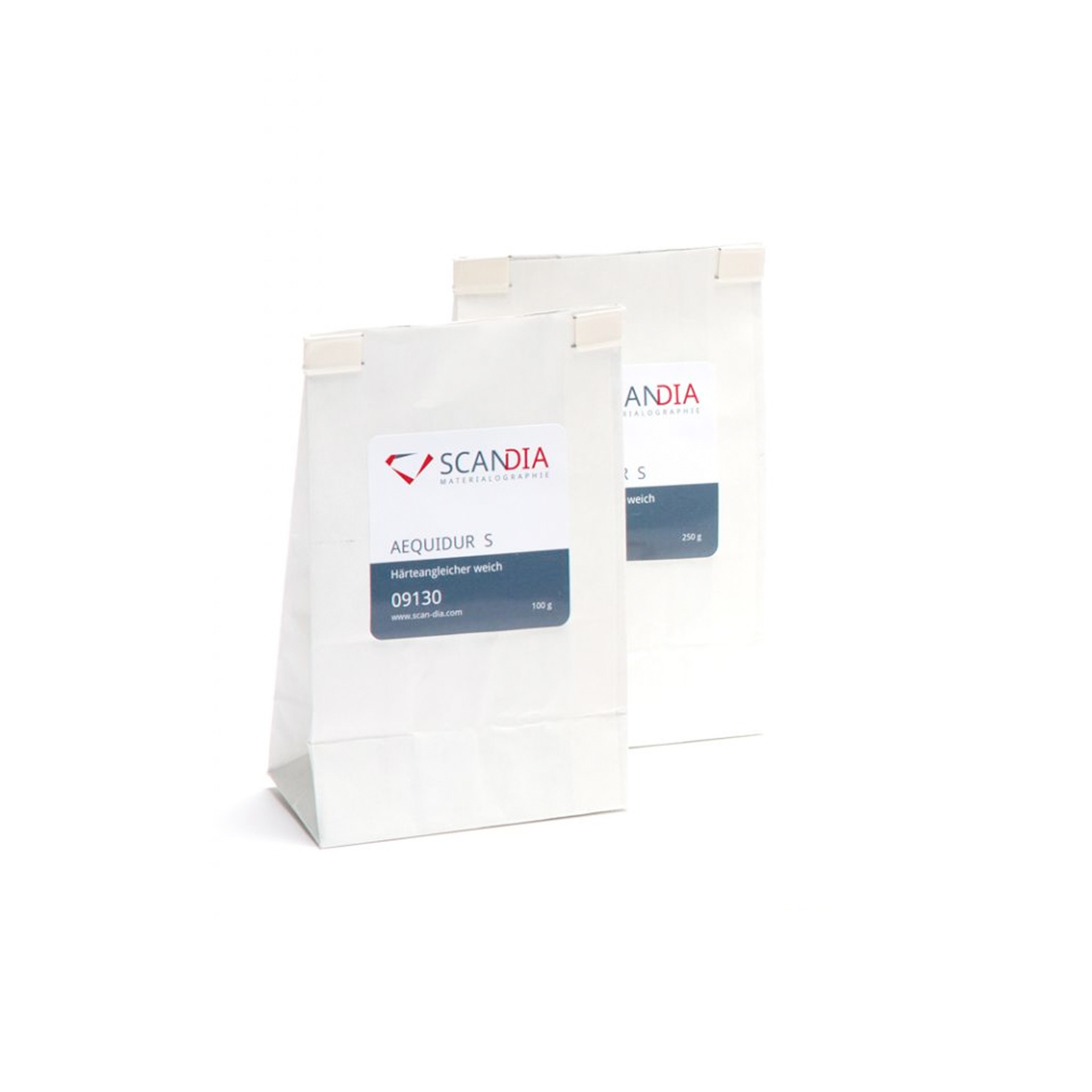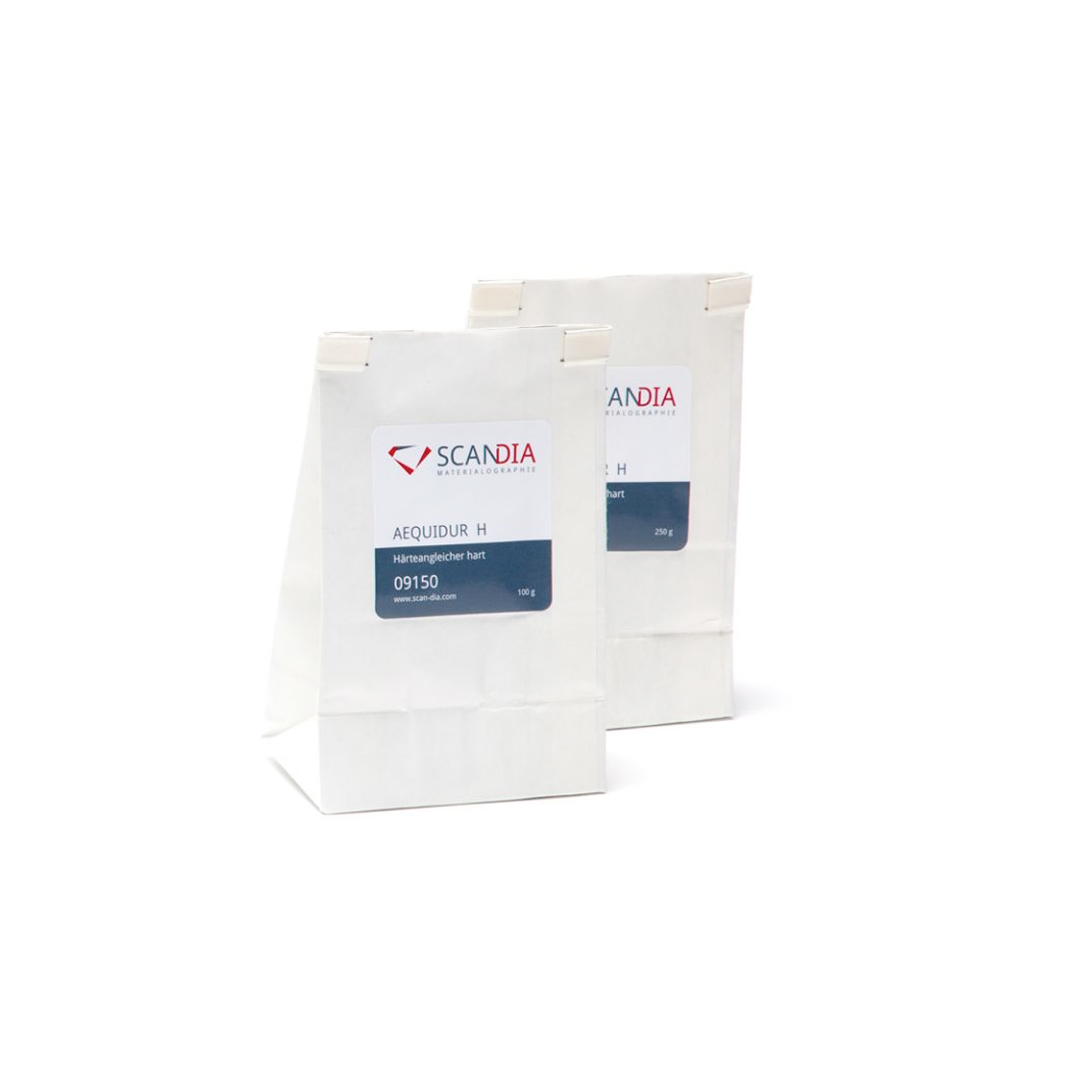Prices are hidden for your customer group
Available, delivery time: 1-3 days
The AEQUIDUR Dosing Aid: Precision Measurement and Mixing for Optimal Results
The AEQUIDUR Dosing Aid: Precision Measurement and Mixing for Optimal Results In the field of materialography, a branch of materials science, precision and accuracy are of paramount importance. The dosing aid plays a crucial role by precisely measuring and enriching hardness equalizing powder and other substances. Firstly, a dosing aid must be extremely precise. The dosing of hardness equalizing powder often occurs in very small quantities, and even slight deviations can significantly impact the quality of sample preparation and microscopic examinations. Therefore, the dosing aid should be capable of measuring very accurate amounts of the powder. Secondly, reproducibility is crucial. Materialographers must be able to dose the same amount of powder uniformly for repeated examinations or different samples. Hence, the dosing aid should deliver consistent results to ensure comparability and reliability. Thirdly, ease of use is essential. A dosing aid should be user-friendly, allowing for quick and precise dosing. This saves time and minimizes the risk of errors during the process. Fourthly, the dosing aid should be stable and durable. It should not wear or deform easily, as this could affect the accuracy of dosing. Long-term consistency is required to maintain the quality of sample preparation. Finally, the dosing aid should comply with the quality standards and norms of materialography. This is particularly important when microscopic examinations are conducted for quality control purposes. In summary, the requirements for a dosing aid in materialography are high, as it contributes significantly to the precision and accuracy of sample preparation and microscopic examinations. Precision, reproducibility, user-friendliness, stability, compatibility, and compliance with standards are key factors to consider when selecting a dosing aid. The AEQUIDUR Dosing Aid consists of a high-quality silicone rubber measuring mold and three precise measuring spoons. This carefully designed dosing aid has been specifically developed to provide materials scientists and researchers in materialography with a reliable and accurate method for dosing AEQUIDUR. The use of the dosing aid is simple and highly efficient. The silicone rubber measuring mold provides precise measurement of the required amount of AEQUIDUR, while the measuring spoons allow for easy handling and accurate dosing. This is crucial to ensure that the correct amount of AEQUIDUR is used for the specific application.

